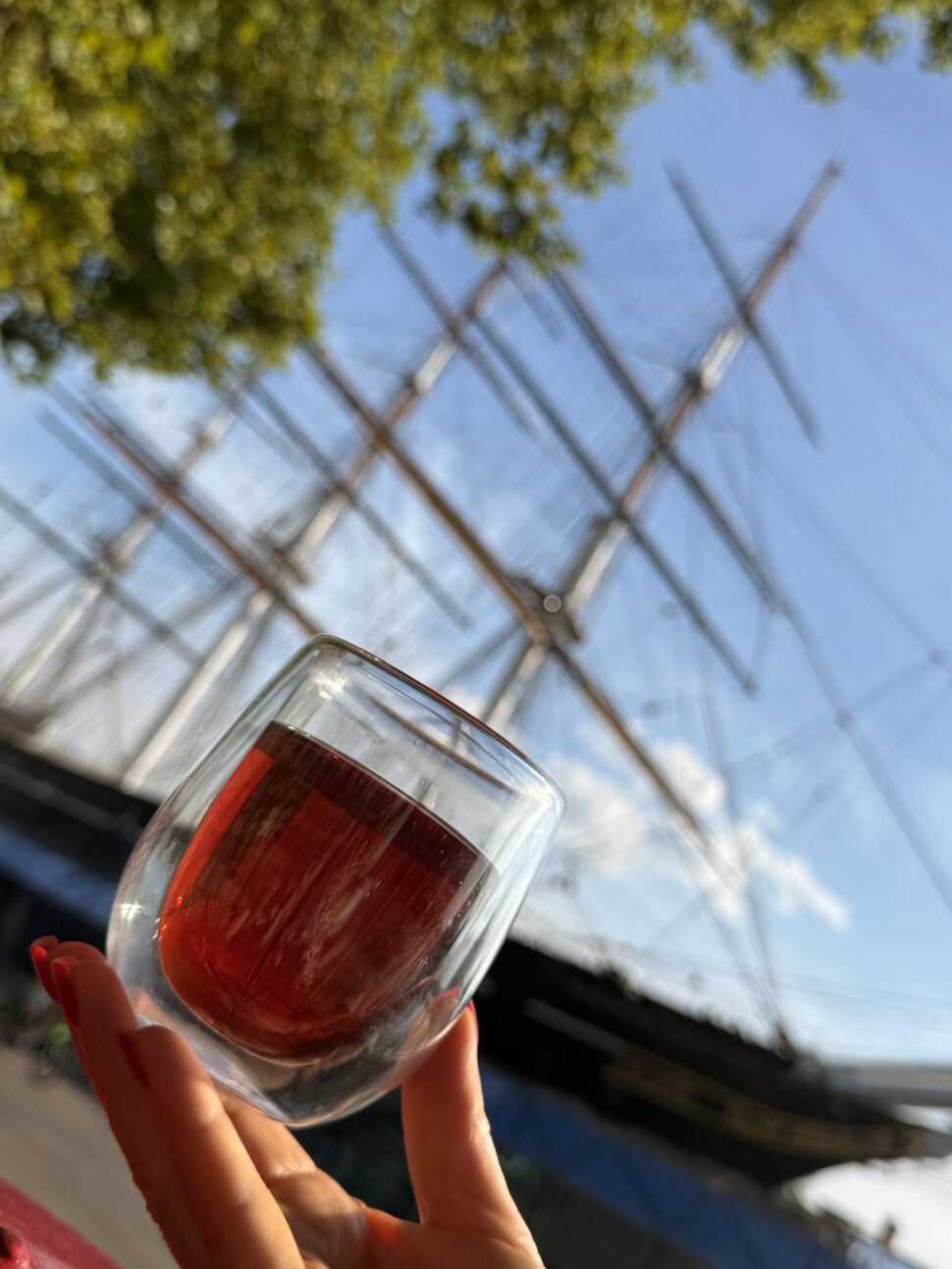lifestyle
Tea clippers

We’re heading back to England’s shore
Sailed through a hundred storms, maybe more
In the crates has rotted all the tea
But that’s better than being at the bottom of the sea
— Grzegorz Hatylak, QFTRY
Did you know that the most beautiful and fastest sailing ships in history, as well as the first transoceanic regattas, were born thanks to tea? In the 19th century, slender, elegant clippers sped from China to England at dizzying speeds of over 20 knots – a feat that would be impressive even by today’s standards. Their holds were filled with crates of precious tea. Every hour counted, as moisture threatened the quality of the leaves, and the ship that arrived in London first received the highest price for its cargo, as well as an additional bonus. The competition was fierce and the profits were huge. Investing in ever faster and more sophisticated sailing ships therefore paid off.
This exciting era came to an end in 1866. Three clippers entered the port of London almost simultaneously, causing a sharp drop in prices due to the excess of tea on the market. From then on, speed bonuses were abandoned, and the dominance of sailing ships began to be challenged by modern steamers. The final blow came with the opening of the railway line through the Isthmus of Panama and the Suez Canal, which the clippers could not use due to unfavourable winds.
The most famous of the tea clippers was Cutty Sark, launched in 1869 in Scotland. Designed to race against time, she was the fastest sailing ship in the world at the time, capable of covering 350 nautical miles (approx. 650 kilometres) in 24 hours, reaching an average speed of 15 knots. With her slender hull, impressive bowsprit, and six decks of sails on the mainmast (over 3,000 m² of rigging!), she is considered by many to be the most beautiful sailing ship ever built.
Today, Cutty Sark is the only surviving tea clipper in the world. She is permanently moored in a dry dock in London’s Greenwich district, serving as a museum ship – a silent witness to a time when the wind decided the fate of fortunes.


